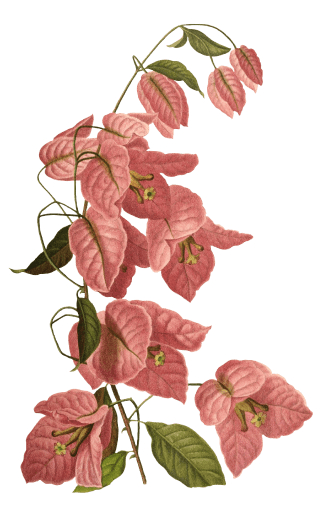France's
first
leisure park
Jardin d'Acclimatation is synonymous with projects and progress,
passion and creation.
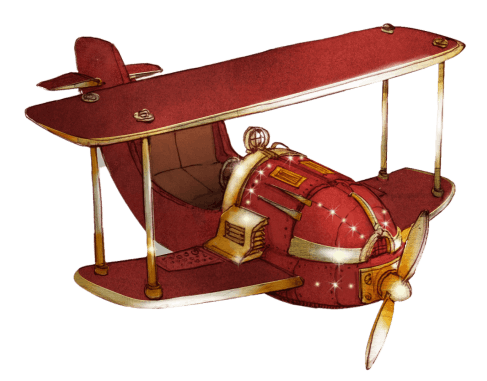

HISTORY OF THE JARDIN D'ACCLIMATATION
Since it was founded in the autumn of 1860, the Jardin d'Acclimatation has been a unique place to discover, stroll around and marvel at. It is located on 19 hectares of undulating land, originally marshland ("les sablons"), in a meander of the Seine, on the edge of the Bois de Boulogne and on a plot of land belonging to the City of Paris. It was created as part of Napoleon III's overall plan to restructure and modernise the capital. Like the rest of the wood, it was inspired by the model of the London parks that the emperor had enjoyed when, invited by Queen Victoria, he visited London with Empress Eugénie. Under the Second Empire, the Jardin d'Acclimatation established itself as a centre of scientific and social "Parisian life". After the devastation of 1870-1871, it bounced back by increasing the number of attractions and organising human exhibitions. The First World War led to its decline and its transformation into a simple amusement park. But since the 1980s, with LVMH managing the public service concession awarded by the city, the Jardin d'Acclimatation has undergone a spectacular revival, making it a popular destination for Parisians, their neighbours and guests, and foreign tourists.
An imperial garden
At the time of its creation, the Garden was run by the Société impériale zoologique d'acclimatation, headed by the renowned zoologist Isidore Geoffroy Saint-Hilaire. His ambition was to present and domesticate a wide variety of animal and plant species on a single site open to the public. Supervised by the Prefect of the Seine, the famous Baron Haussmann, the work was carried out in fifteen months by a talented team, the dream team of the Second Empire: the inventive engineer Jean-Charles Alphand, "author" of the Buttes-Chaumont, the eclectic architect Gabriel Davioud and the brilliant landscape designer Jean-Pierre Barillet-Deschamps. On 6 October 1860, the imperial couple inaugurated the Jardin d'Acclimatation in front of an audience of celebrities including Mérimée, Viollet-Le-Duc and Offenbach. It was an immediate and phenomenal success. Enthusiastic visitors flocked to discover an exceptional place that was both refined and popular, scientific and recreational, educational and entertaining. People came to learn, to stroll, to admire thousands of animals from all over the world, to listen to lectures and concerts, to bask in the luxuriant plants of the great greenhouse, to explore the basins of the most modern aquarium in Europe... Unfortunately, the development of the Garden came to an abrupt halt after a decade.
Under siege
The Franco-Prussian war of 1870-1871 dealt the garden a severe blow. The Jardin had to close its doors to the public. Just before the capital was completely surrounded by German troops, it managed to transfer some animals to establishments in the provinces or abroad. During the terrible siege of Paris, he welcomed carrier pigeons who carried the first microfilms revealing the catastrophic situation in which the capital found itself. Deprived of resources and facing a particularly harsh winter, the Jardin was forced to sacrifice its animals to feed the starving population. Camels, antelopes, wolves, bears, kangaroos, pythons and other exotic species were butchered or added to the "extravagant menus" of a few luxury restaurants. Even the famous Castor and Pollux elephants, the delight of children and adults alike, are not spared. Both were slaughtered in December 1870 and cut into fillets, escalopes and blood sausages.
The armistice signed between France and Germany did not put an end to the torments of Le Jardin, which found itself on the front line between Versaillais and Communards at the start of the "bloody week". Violent fighting broke out. Employees were killed, buildings damaged and plantations ransacked. At the end of this bloody conflict, the Jardin was devastated.
The Garden blossoms again
Thanks to a public subsidy, generous donations from eminent personalities such as the Italian king Victor-Emmanuel II, who gave the elephants Romeo and Juliet to replace the late Castor and Pollux, and the help of prestigious foreign institutions such as the Amsterdam and Antwerp zoos, the Jardin quickly succeeded in rebuilding its animal collections and refurbishing its facilities. It reopened in 1872. In the years that followed, it completed its facilities and added new attractions - a silkworm nursery, stables, sheepfold, kennels, cow shed, gymnasium, panorama, palmarium and pigeon loft - which attracted increasing numbers of visitors. Then, as now, a charming little train, first horse-drawn, then powered by a steam locomotive and now electric, links Porte Maillot to the Jardin d'Acclimatation. The Jardin d'Acclimatation boasts an elegant winter palace, made entirely of glass and metal, and large stables housing quadrupeds from all over the world. As under the Second Empire, the Jardin d'Acclimatation remained a fashionable place under the Third Republic, where leisure activities were combined with science and culture. As well as zebra and ostrich rides and sea lion shows, Parisians could attend learned talks, visit specialist bookshops, art exhibitions or the Sports Museum. Marcel Proust, in "La Recherche", takes visitors on a tour of the museum.
Controversial ethnographic exhibitions
At the same time, the Jardin was succumbing to the trend towards alleged racial hierarchisation that was affecting European countries at the time. From 1877 onwards, it took its inspiration from a German zoo, offering up for public scrutiny "singular individuals" from faraway lands. Under a pseudo-scientific pretext, so-called "savages", mainly from Africa, but also from the Americas, Oceania and the Far North, were exhibited - and even paid for it. These "human attractions" were so successful and lucrative that they multiplied until 1931, riding the wave of colonial expansion and taking advantage of the craze for exoticism. In all, the Jardin organised around thirty "ethnographic shows" - the expression "human zoos" is an anachronism - of Achantis, Nubians, Indians, Lapps, Kanaks, Fuegians and Kalmyks, some of whom fell victim to the cold or disease in a capital where they suffered from the temperatures and germs. Despite being denounced by a few anthropologists, these exhibitions helped to shape the French population's prejudices towards colonised peoples, in the comfort of a blind "good conscience".
A slow decline
The First World War plunged the Jardin into a prolonged crisis. Visitor numbers fell dramatically, the plantations dwindled, the facilities fell into disrepair and the animals withered away, to the point where the Jardin gave up the name "zoological". It also faced competition from new theme parks such as Luna Park at Porte Maillot and Vincennes Zoo. To get back on its feet, the Jardin was moving away from its educational mission and focusing more and more on family entertainment. Validated by the City of Paris, this reorientation resulted in the opening of a number of rides and carousels awarded to sub-concessionaires, as well as the installation of paddling pools, a slide, a farm and a Guignol. The Jardin also organises film screenings, circus shows and sporting events. The most innovative of these attractions, in 1928, was the romantic Enchanted River, which still winds through the willows and reeds. The current that drives the boats remains a mystery, one that parents are happy to reveal to their children...
However, the Jardin fell into a state of torpor. In 1952, the City of Paris granted the concession to Marcel Boussac, a local resident whose home at 74 boulevard Maurice Barrès overlooked the park. Legend has it that the textile magnate, owner of the Haras de Jardy, L'Aurore and Paris-Turf newspapers, Christian Dior and Le Bon Marché, couldn't stand the lions' roars during the mating season and found this was the only way to get rid of them. He was unable to curb the public's disaffection. As a result, the Garden was cut back by a hectare to build a bowling alley and lost its magnificent Palmarium, which was replaced, on the initiative of President Georges Pompidou, by the Musée des Arts et Traditions Populaires, nicknamed "The People's Louvre", but which failed to find its audience.
Renaissance
When the LVMH Group acquired the assets of the Boussac Group in 1984, after they had passed through a number of unwise hands, it inherited the concession for the Jardin d'Acclimatation. The concession was renewed twice, with the current concession expiring in 2041. The "world leader in luxury goods" embarked on a vast redevelopment plan designed to revive the principles of the founders and restore the Jardin's authenticity, lustre and coherence. Over a period of fifteen years, 85 million euros were invested in major structural works to refurbish and modernise its facilities. The Jardin regained its original identity as a model park, a place for relaxation, culture and pleasure. At once family-friendly, educational and fun, it fulfils its public service mission, offering educational workshops, natural discoveries, a varied programme of events and 45 different attractions. Then as now, it combines nature, culture, entertainment and sport. It showcases France's rich flora and helps to preserve animal biodiversity. Although the wild animals are no longer present, several hundred birds and mammals continue to populate the lawns and waterways. The architectural heritage, such as the Grande Volière and the Maison Eugénie, has been respectfully restored. The historic layout designed by Barillet-Deschamps has been restored. New promenades have been designed. The Grandes Ecuries now house the Guignol theatre in an attractive new room. The merry-go-rounds have been replaced or renovated. The attractions, designed by Thierry Rétif to blend into the landscape, have adopted a "steam punk" aesthetic, a post-modern vision of a playful world inspired by Jules Verne.
All these improvements explain the success of the Jardin d'Acclimatation, which now ranks among the top three French theme parks, attracting two million visitors or more every year.
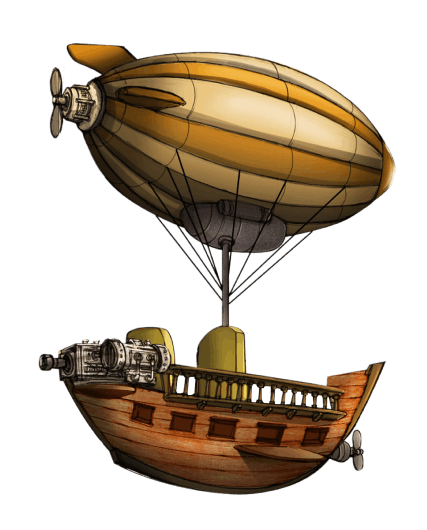
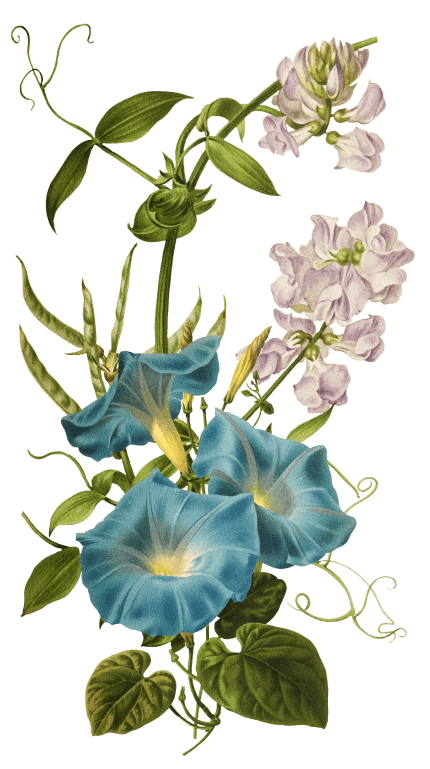
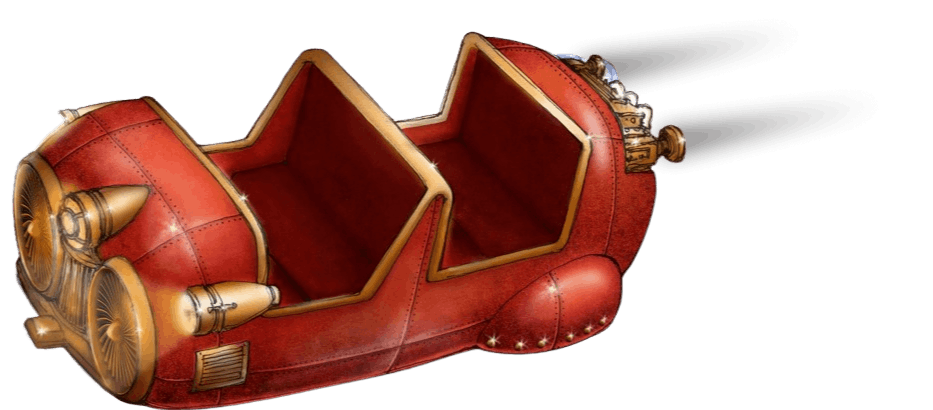
the whole history
of Jardin d'Acclimatation
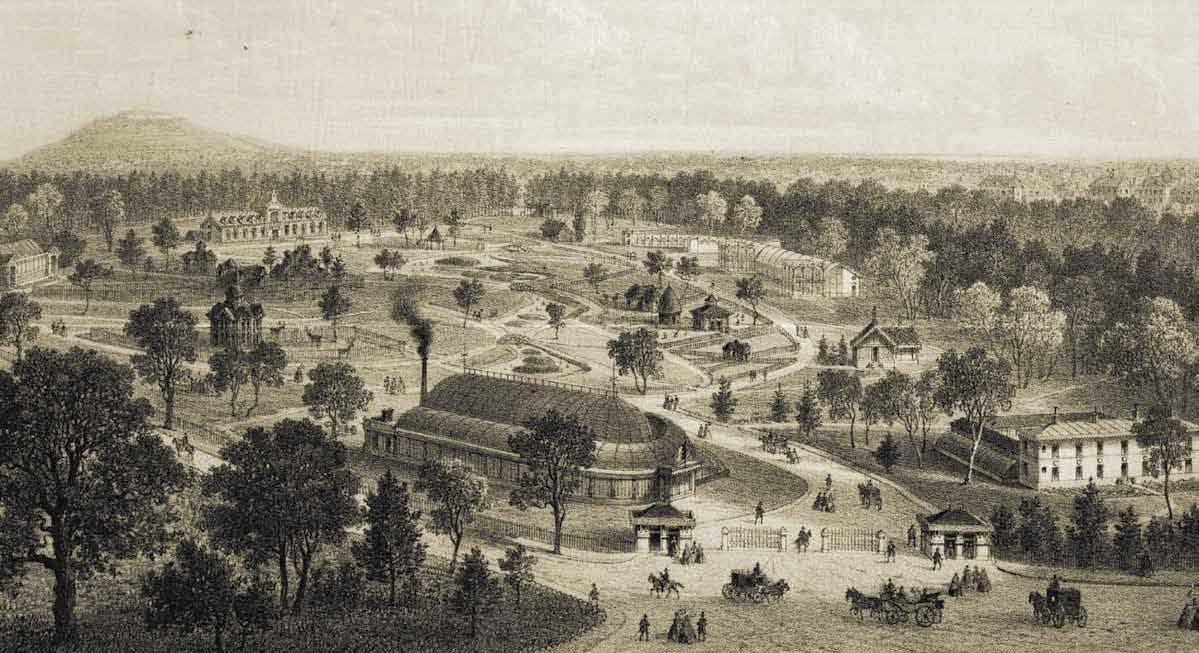
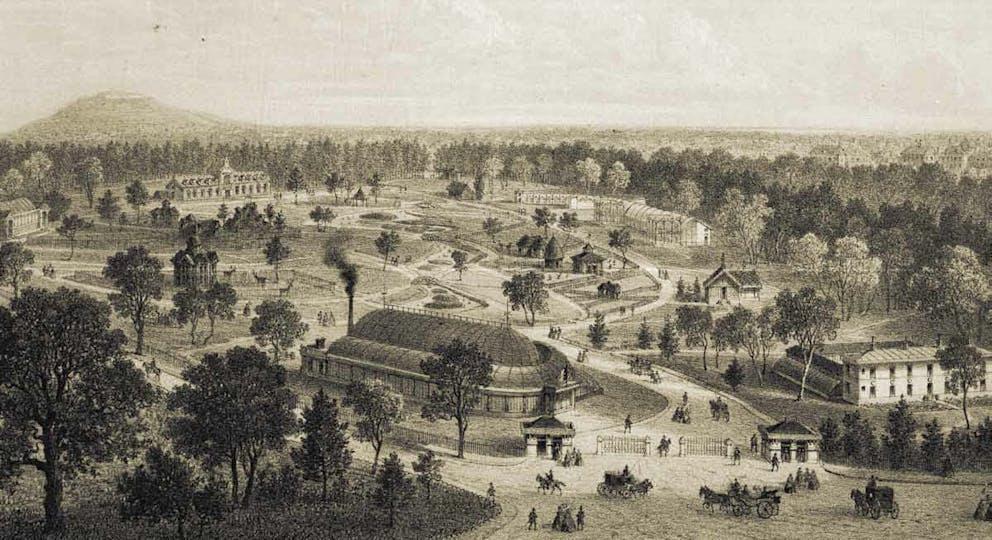
1860-2010
le Jardin a fêté ses 150 ans !
Le samedi 6 octobre 1860, Napoléon III, en compagnie de l’impératrice, inaugure le Jardin zoologique d’acclimatation.
en savoir plus
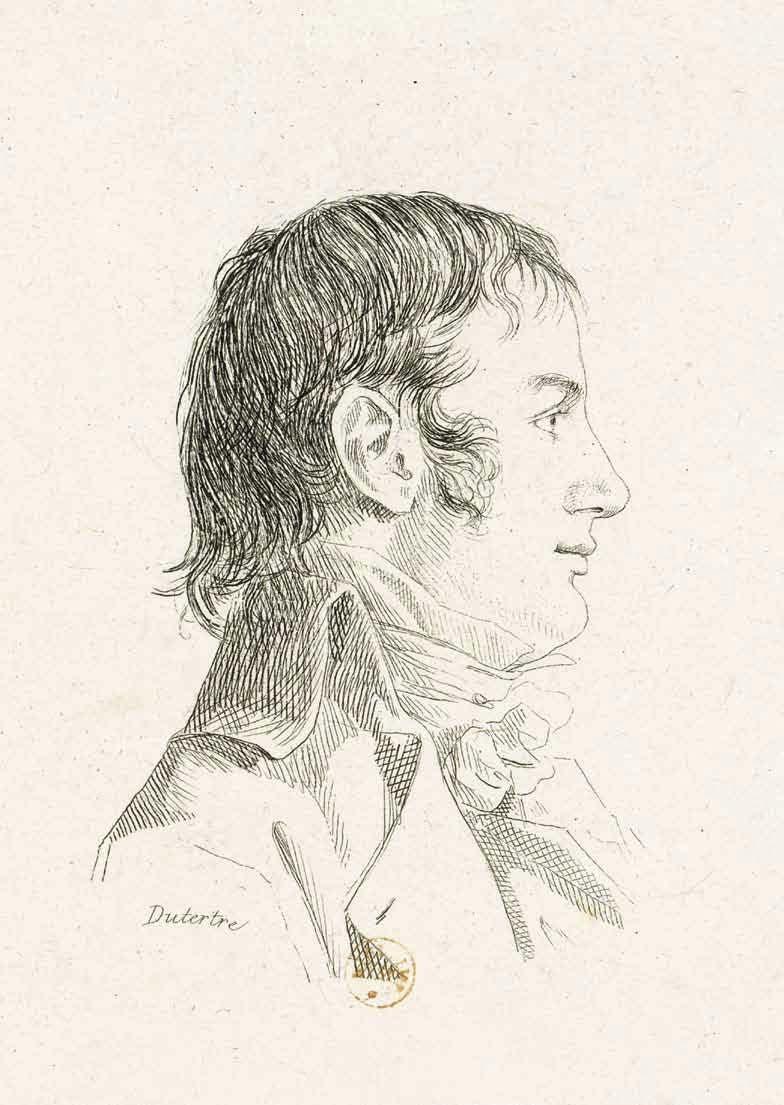
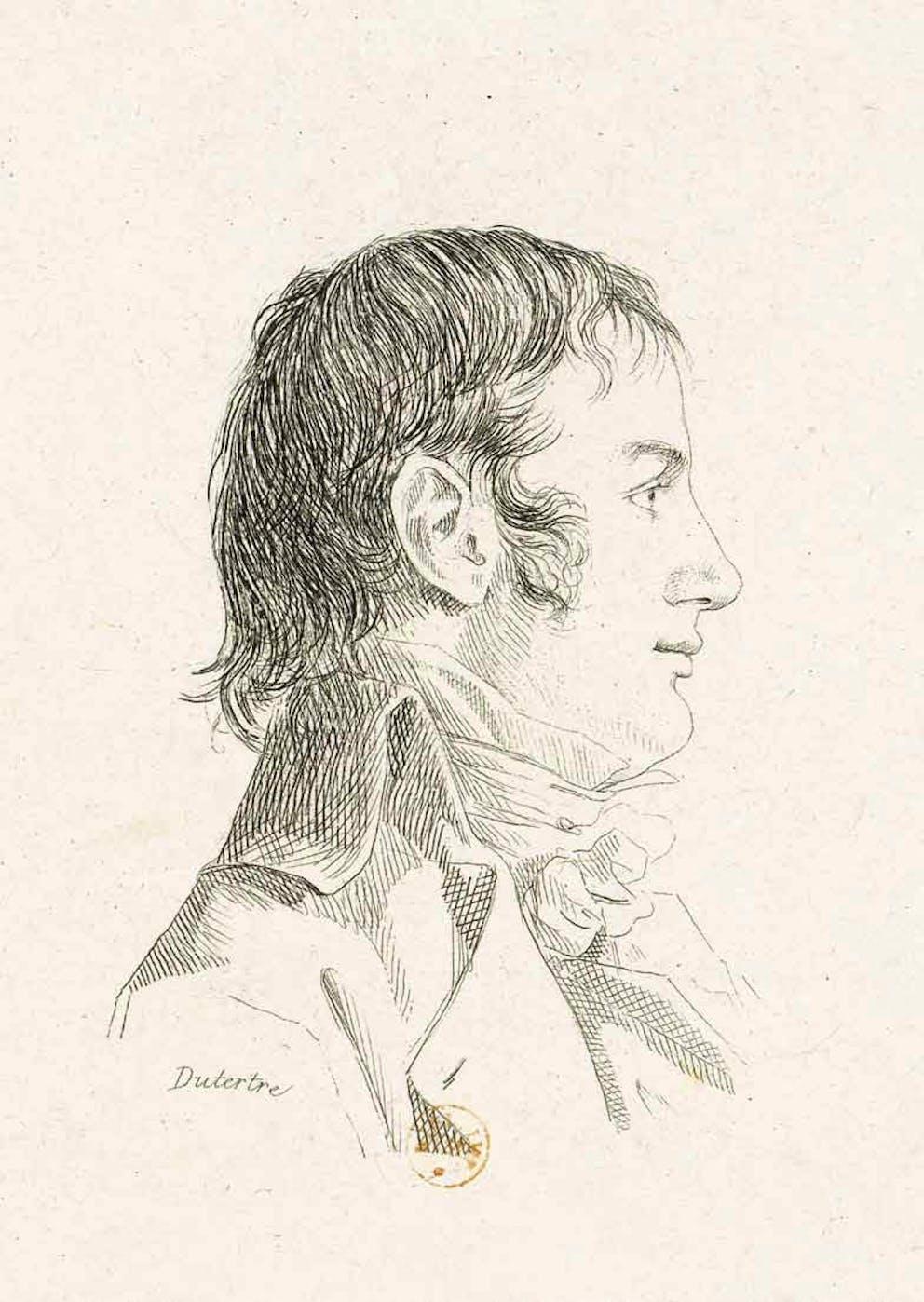
Les pères fondateurs
du Jardin :
une dynastie de savants
Le Jardin d’Acclimatation doit sa fondation à Isidore Geoffroy Saint-Hilaire, qui appartient à une illustre famille de scientifiques.
en savoir plus
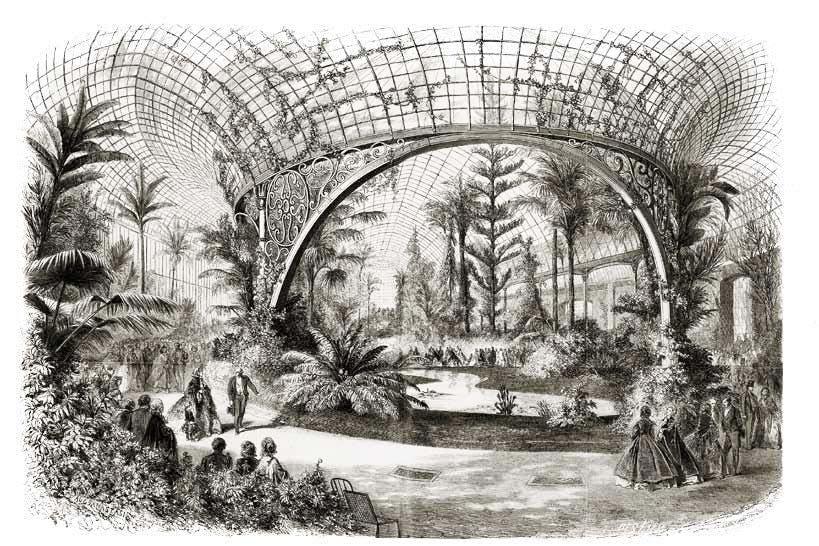
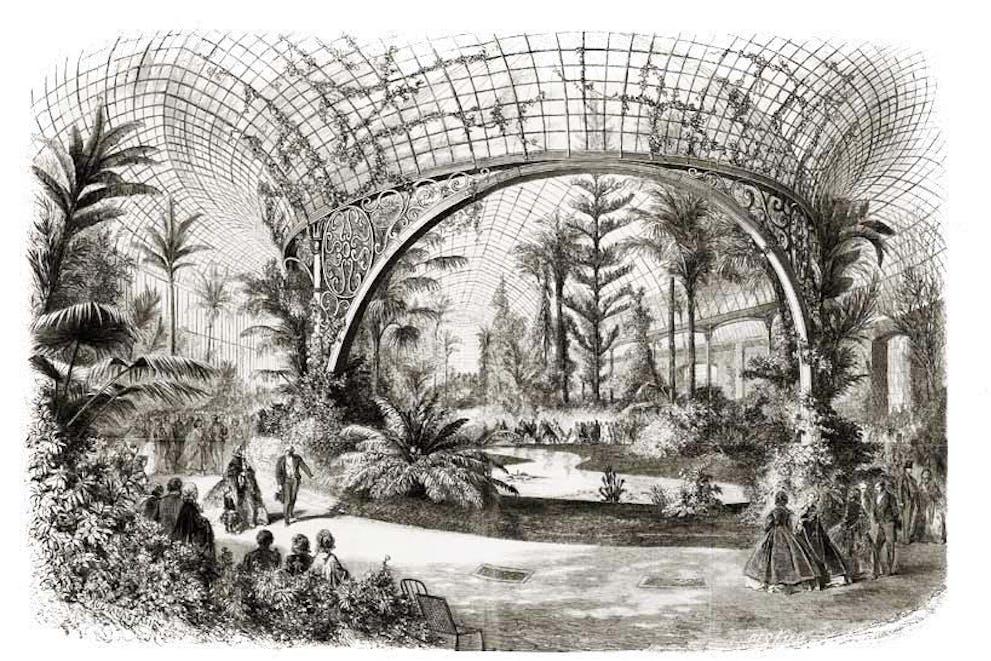
La science dans son jardin
Fondée par Geoffroy de Saint-Hilaire, la Société zoologique d’acclimatation a pour dessein de concourir à l’introduction, l’acclimatation et la domestication des espèces en recréant artificiellement leur milieu naturel.
en savoir plus
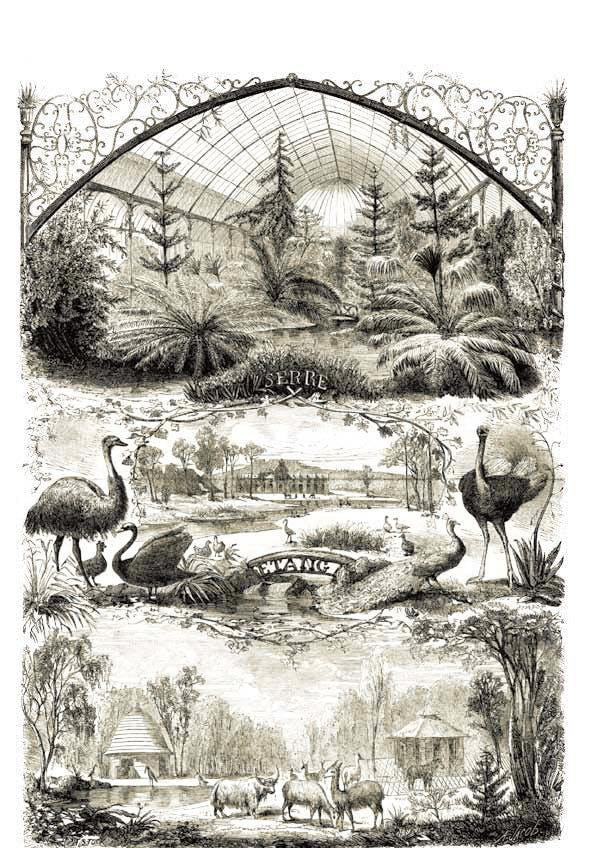
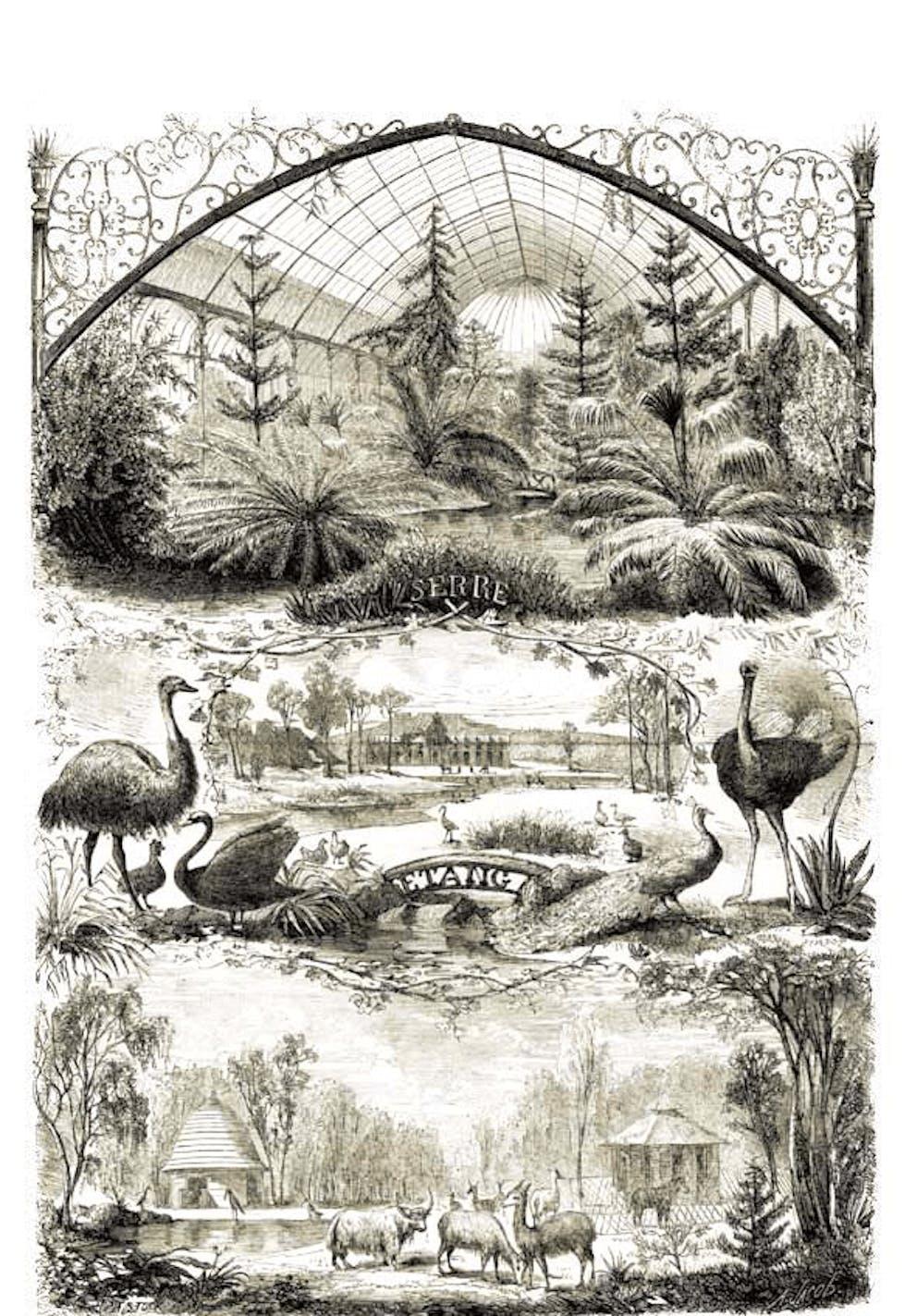
Il était une fois un jardin extraordinaire…
Faune et flore sont présentées dès l’origine du Jardin d’Acclimatation.
en savoir plus
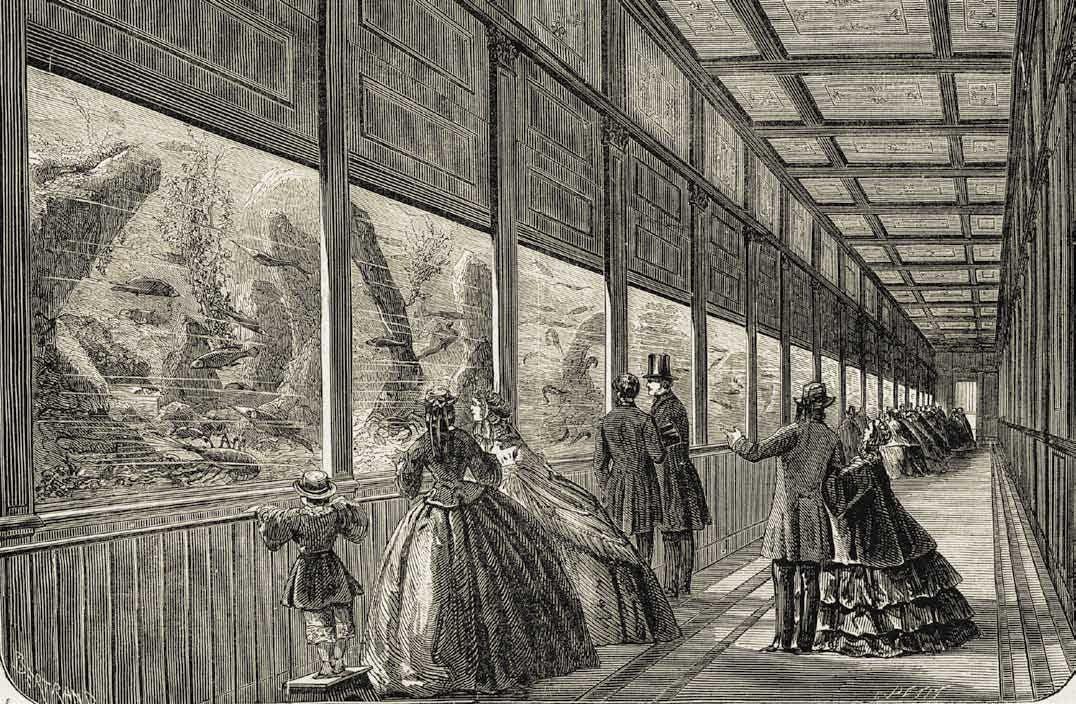
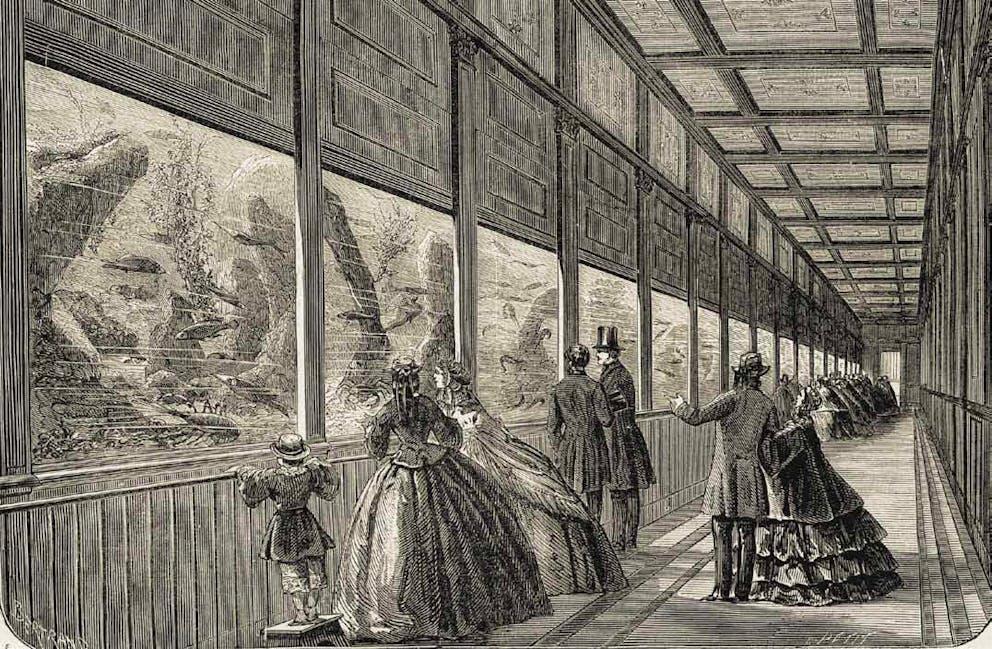
Les mille et une merveilles de l’aquarium
Dès son ouverture en octobre 1861, l’aquarium devient l’une des principales attractions du Jardin d’Acclimatation.
en savoir plus
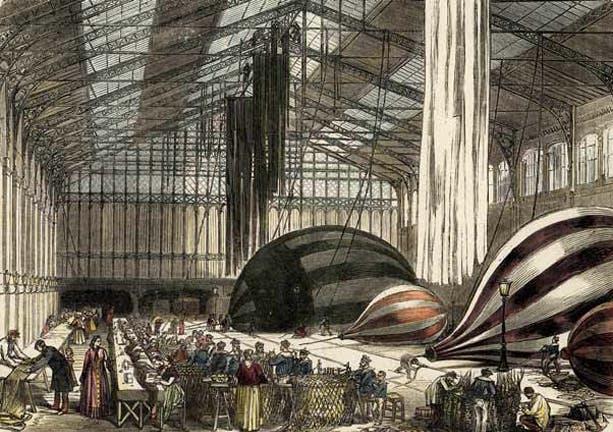
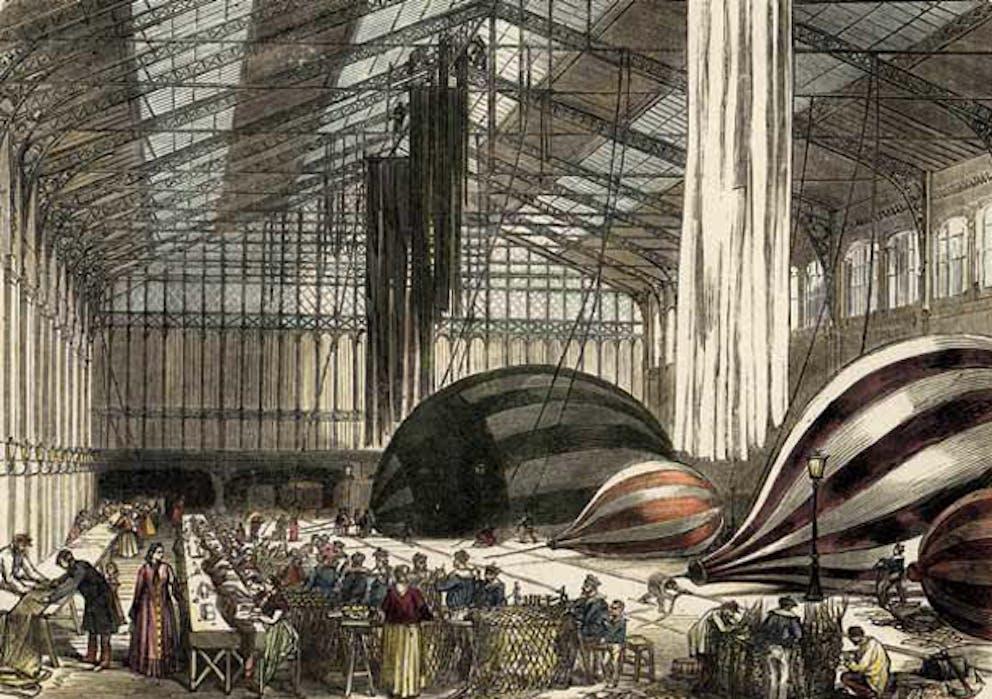
1870 ou les durs instants du siège de Paris
La guerre franco-prussienne de 1870 dévaste le Jardin d’Acclimatation.
en savoir plus
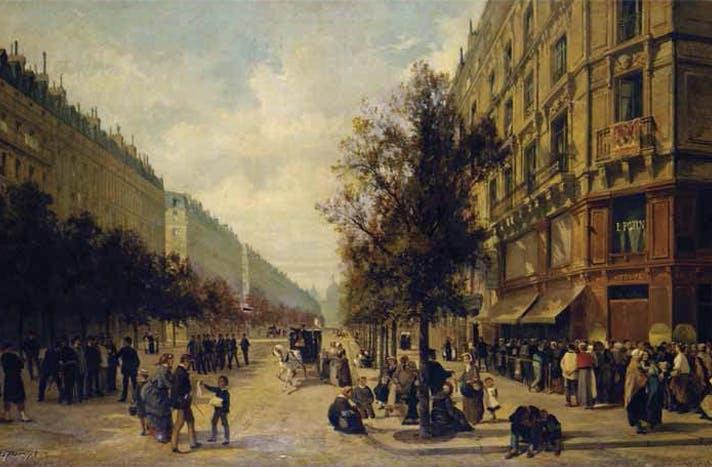
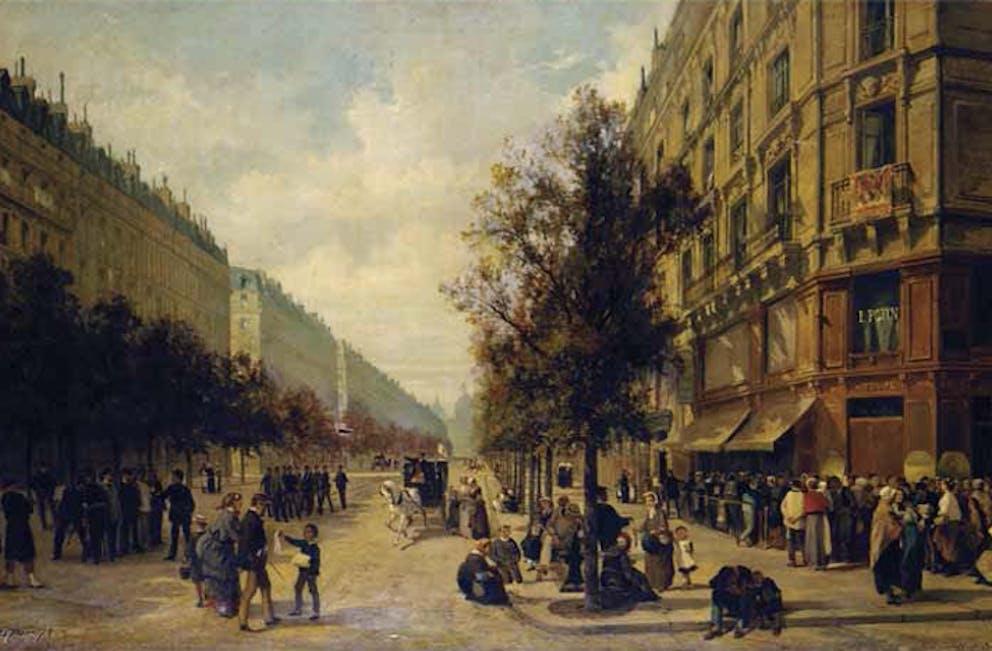
Menus extravagants et bizarreries culinaires
La durée du siège et la rigueur du climat (le thermomètre chute à -12° C.) provoquent à Paris une effroyable famine.
en savoir plus
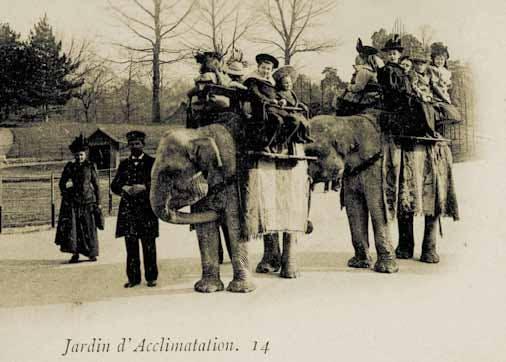
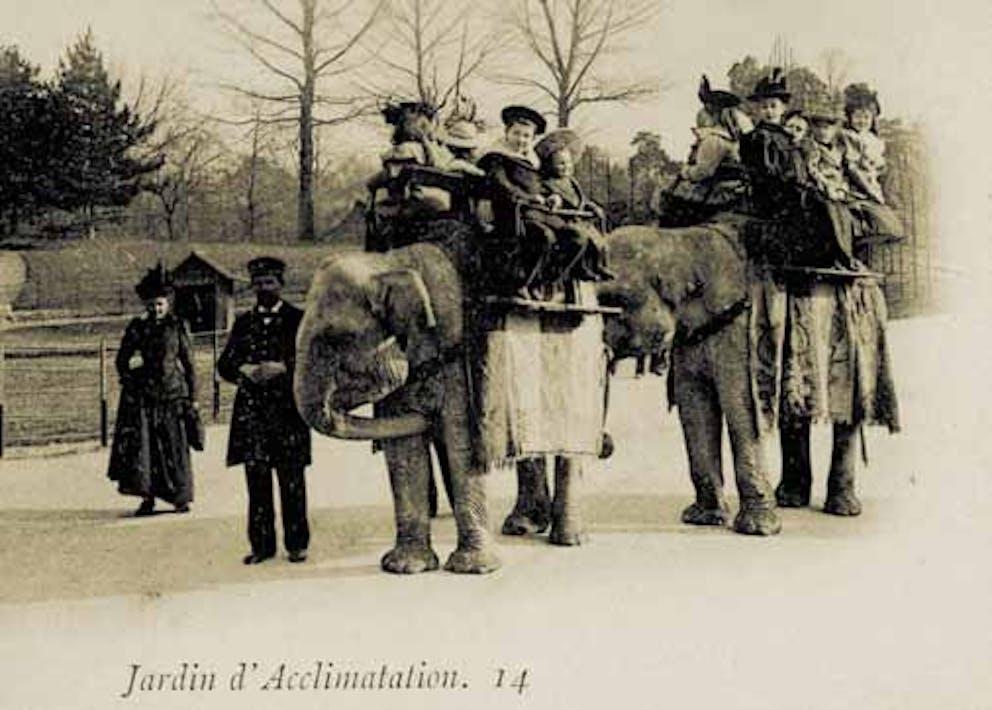
La dernière promenade de Castor et Pollux
Les deux éléphants du Jardin d’Acclimatation sont sacrifiés pendant le siège de Paris. Malheureusement, cette triste fin n’est pas un mythe…
en savoir plus
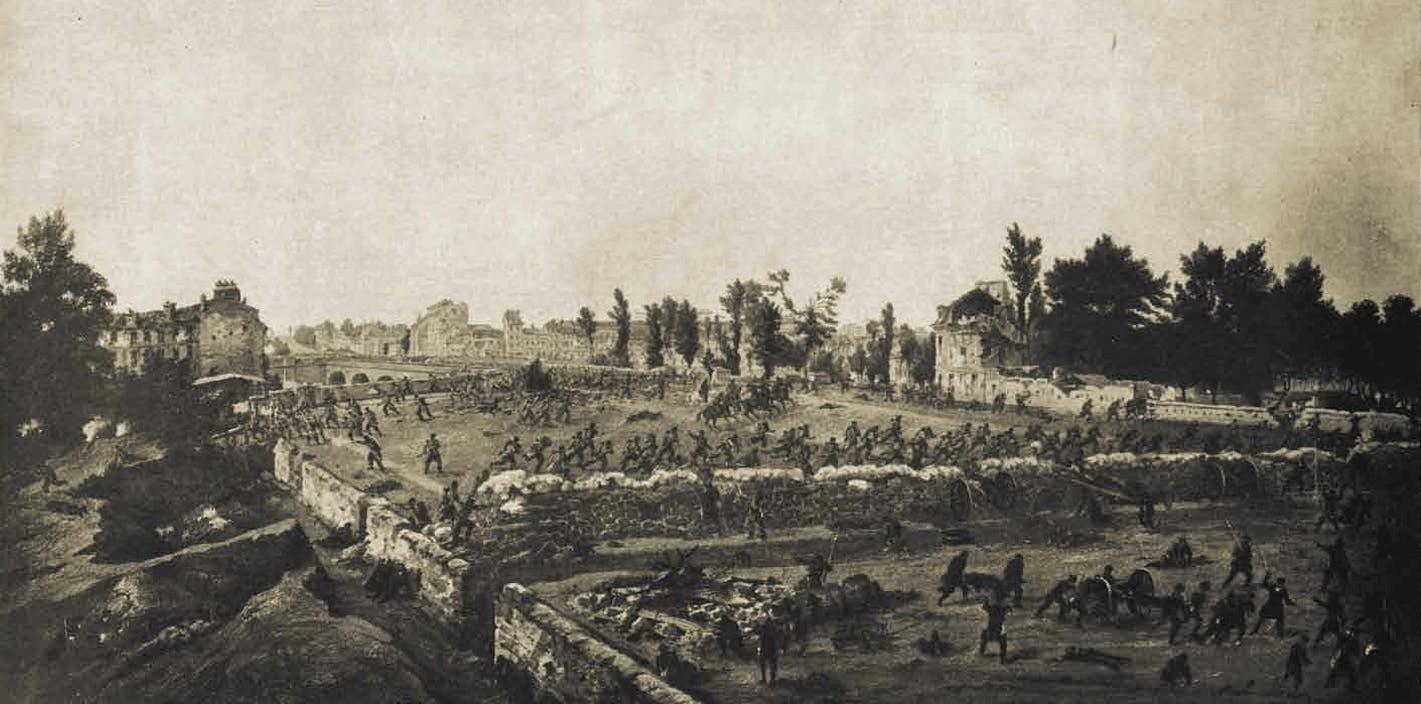
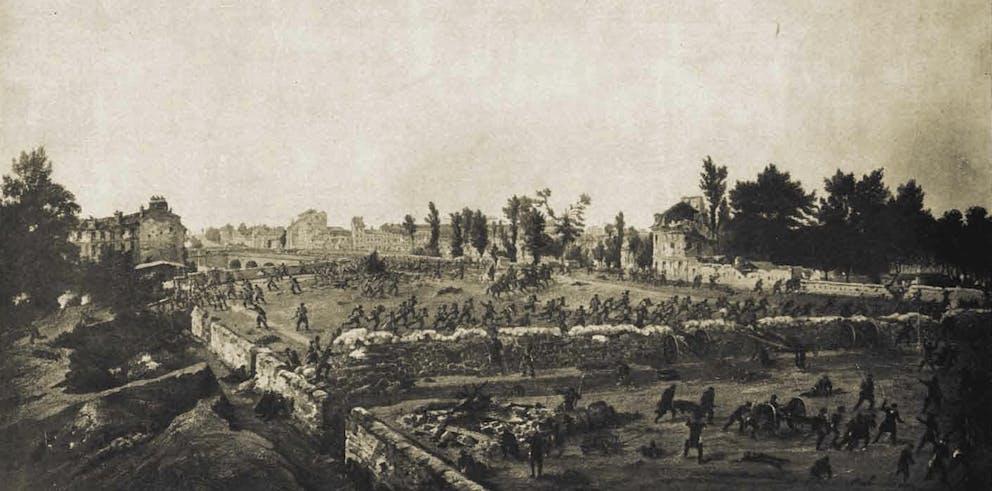
Après la tourmente, le renouveau !
La fin du second Empire, la guerre franco-prussienne et la Commune de Paris signent le déclin du Jardin d’Acclimatation.
en savoir plus
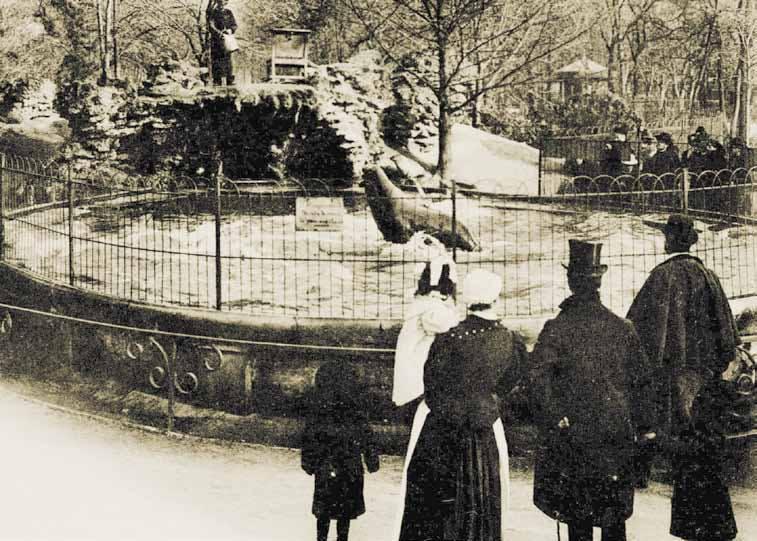
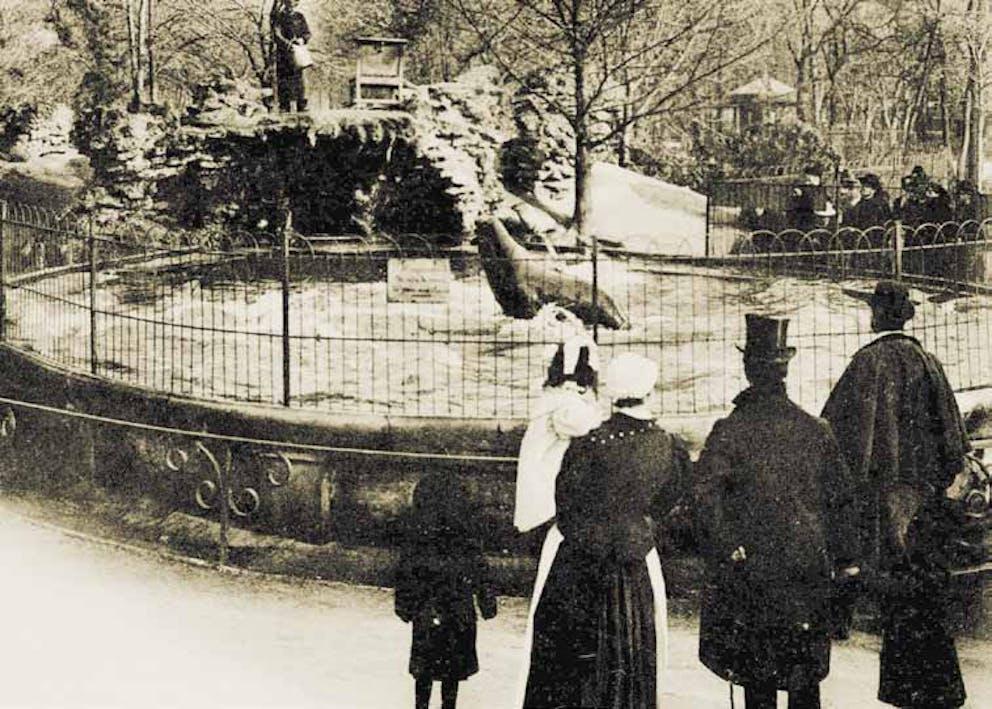
Les débuts de la IIIe République
Contemporain de Ferry, Grevy, Gambetta, Clemenceau, le Jardin reconquiert son statut de lieu des sciences et de la culture.
en savoir plus
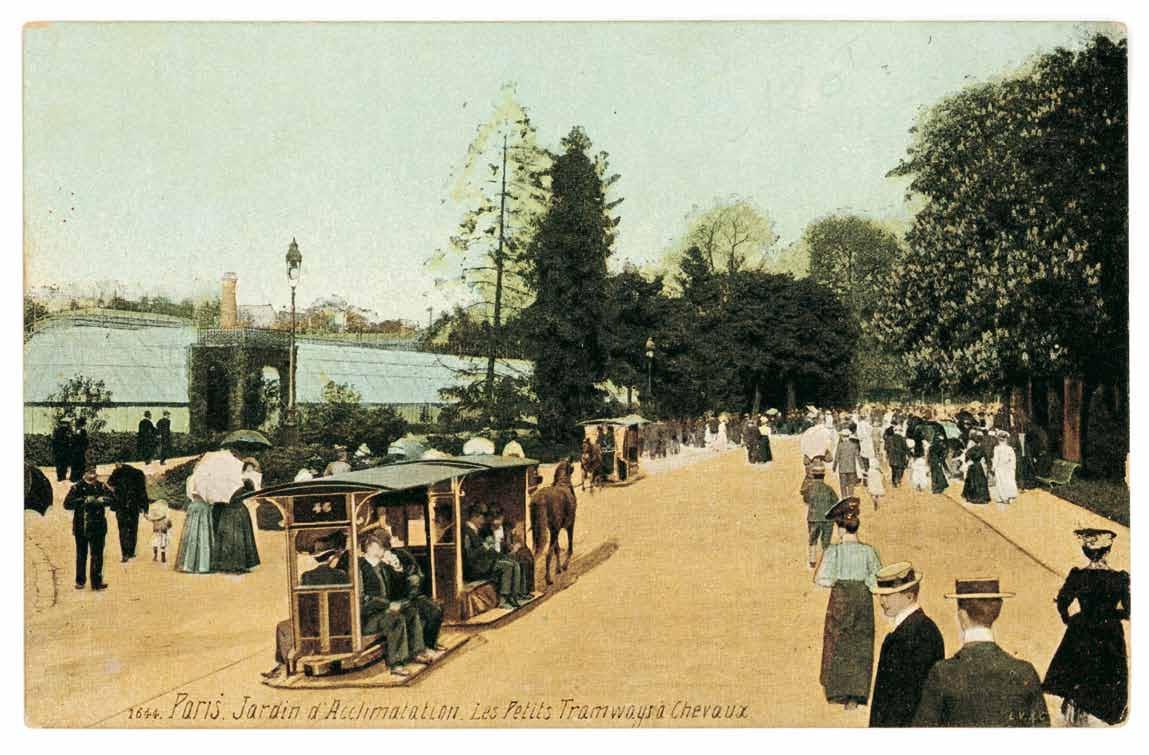
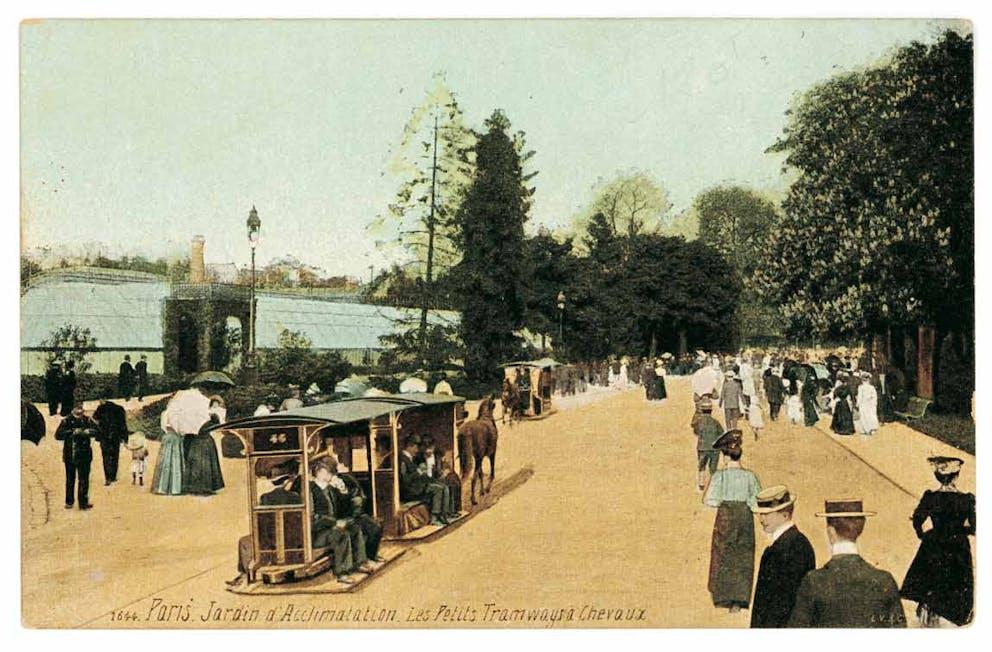
En voiture !
Le pimpant petit train du Jardin d’Acclimatation a une longue histoire…
en savoir plus
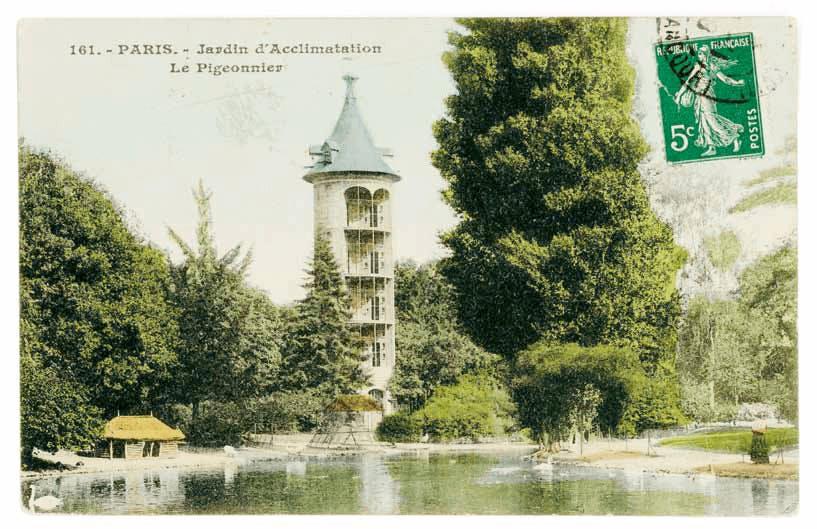
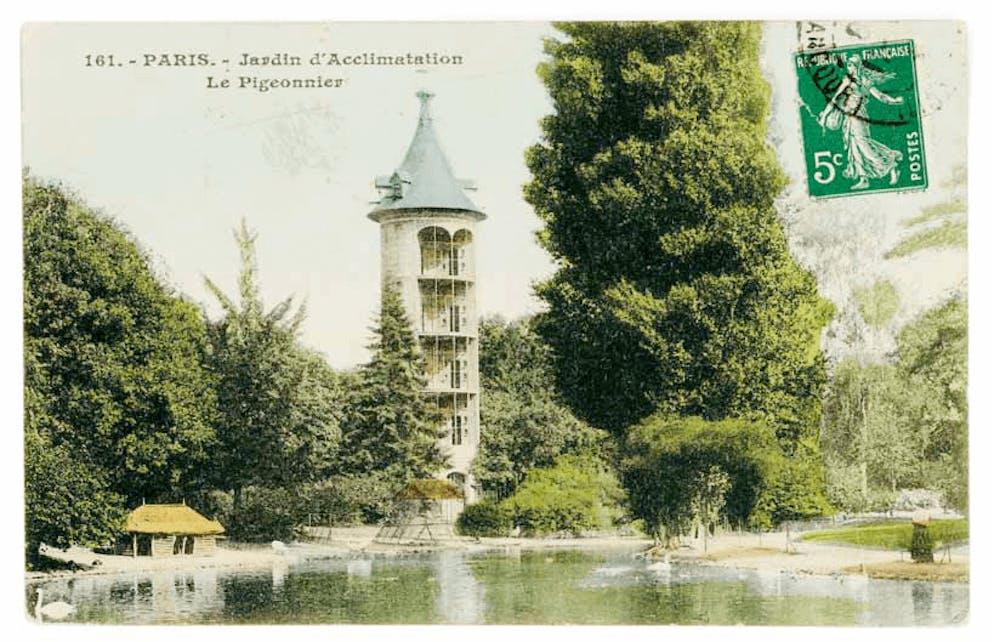
Le Pigeonnier : un refuge pour les facteurs ailés
Le siège de Paris par les troupes prussiennes a démontré la vaillance et l’utilité des pigeons voyageurs dans le maintien des communications.
en savoir plus
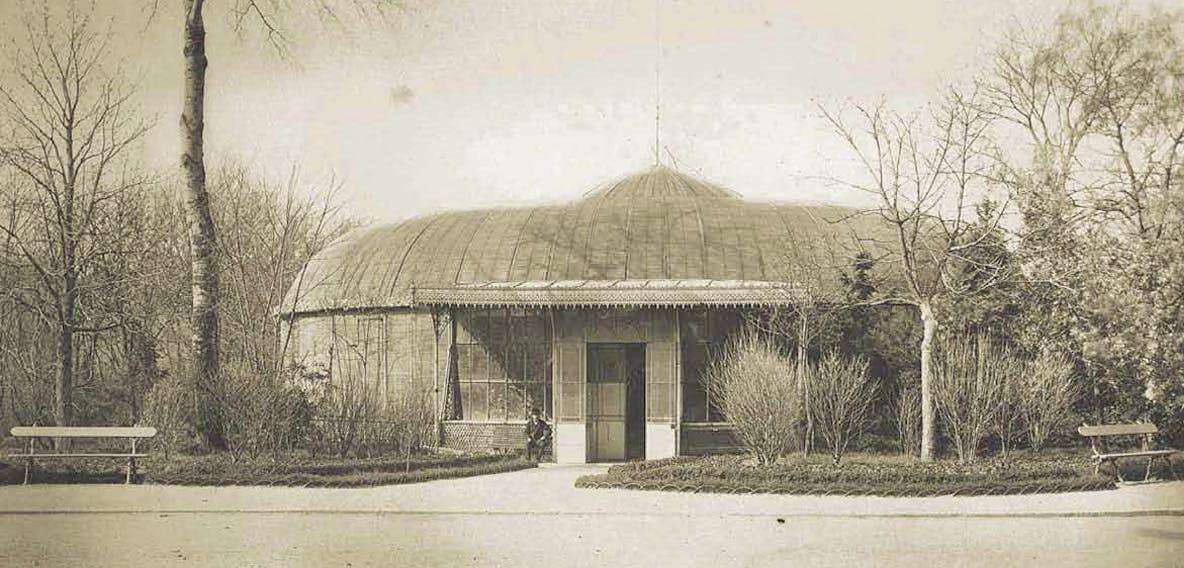
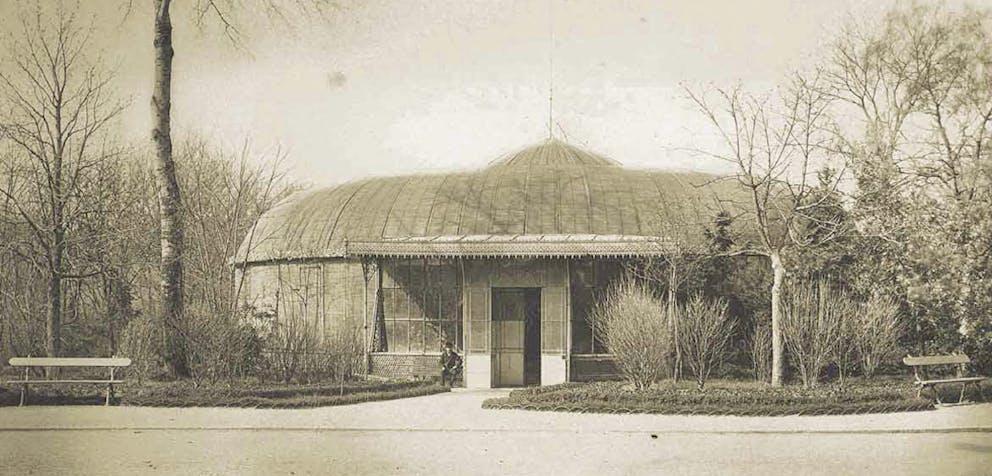
Le Palais d’Hiver ou l’Eden disparu
Un vaste édifice de verre et de métal voit le jour au Jardin d’Acclimatation. C’est à la même époque que furent édifiés d’autres bâtiments à l’architecture métallique : le Crystal Palace à Londres, la Tour Eiffel et la nef du Grand Palais à Paris.
en savoir plus
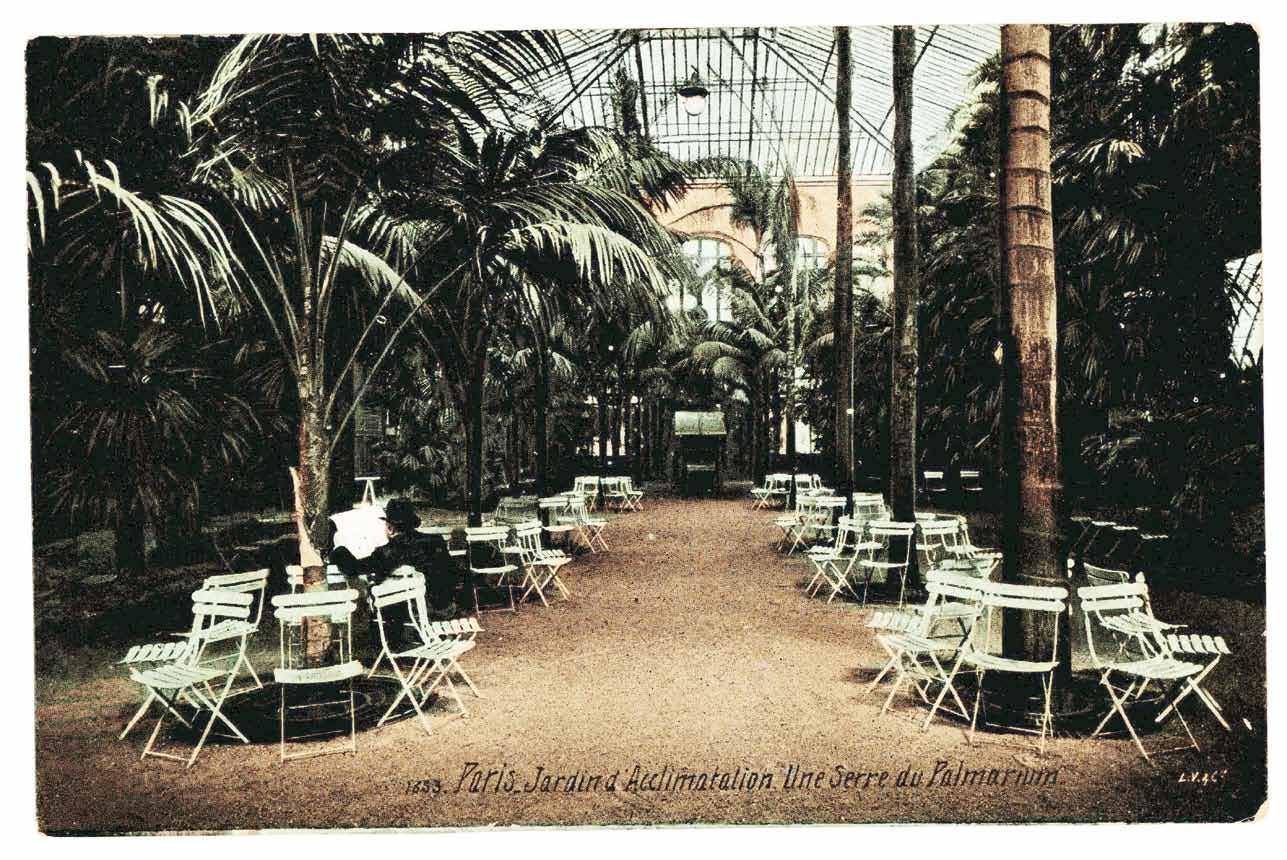
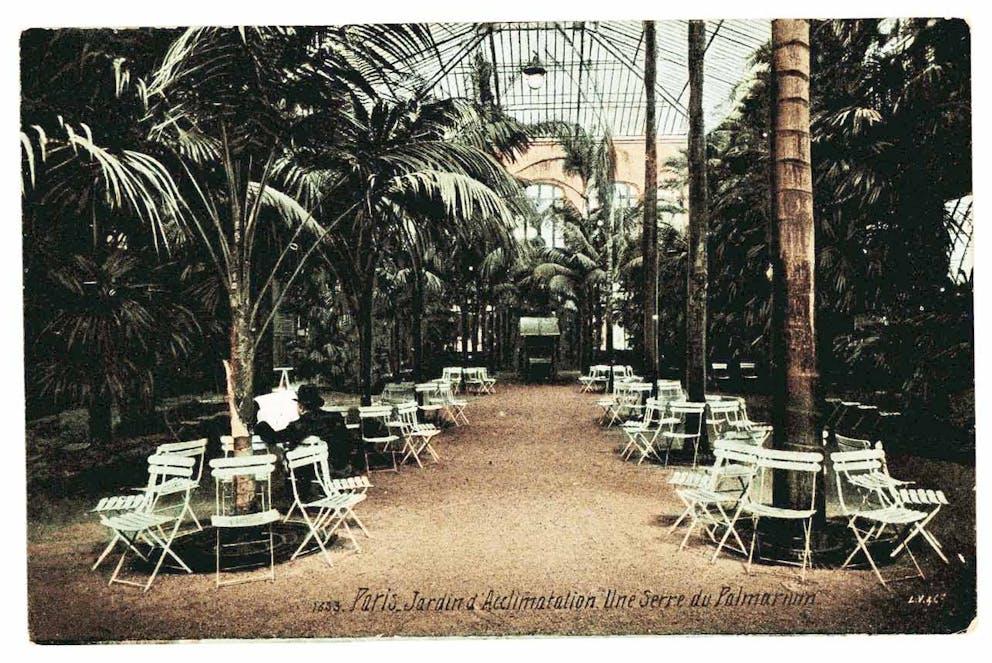
Le Palmarium
Le Palmarium fait la fierté du Jardin d’Acclimatation.
Cet édifice de plus de 1000 m² connaît un succès immédiat.
en savoir plus
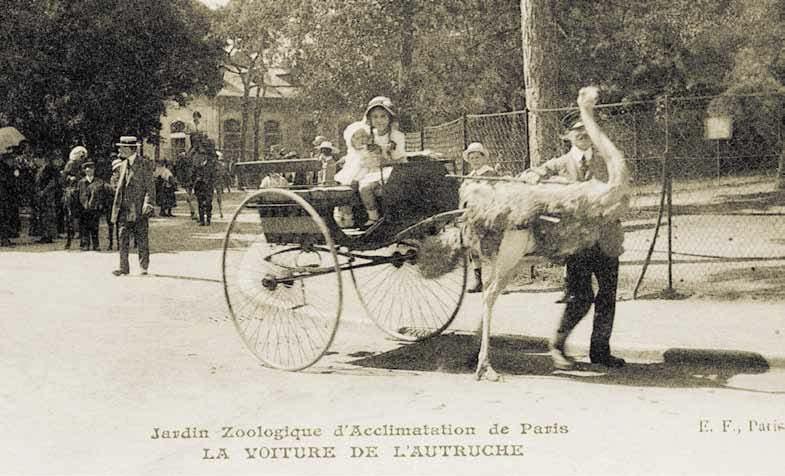
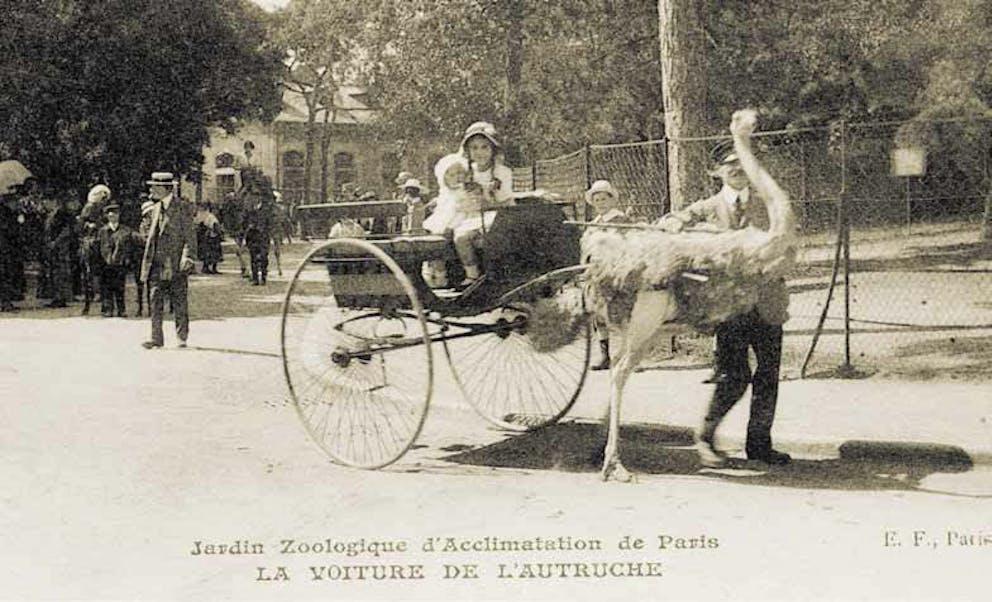
La petite histoire des grandes écuries
L’augmentation du nombre des quadrupèdes nécessite en 1890 la construction de nouvelles écuries. Quels sont donc les habitants à quatre pattes de ces grandes écuries ?
en savoir plus
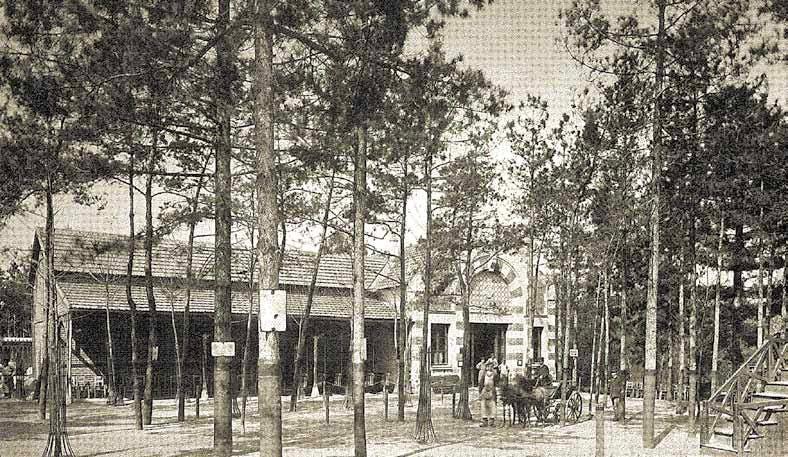
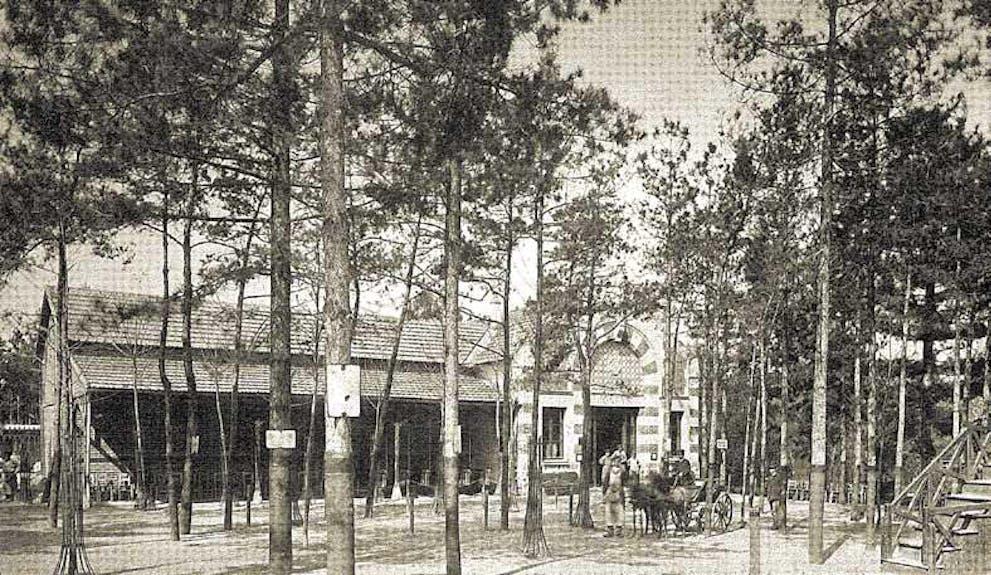
La rénovation des grandes écuries
En 2009, le Jardin d’Acclimatation ouvre le plus grand, le plus beau, le plus confortable des théâtres de Guignol parisiens dans ses grandes écuries « Napoléon III » rénovées.
en savoir plus
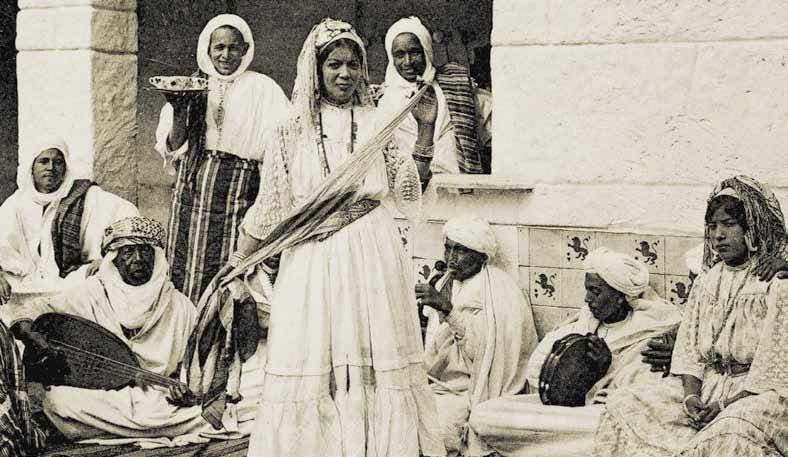
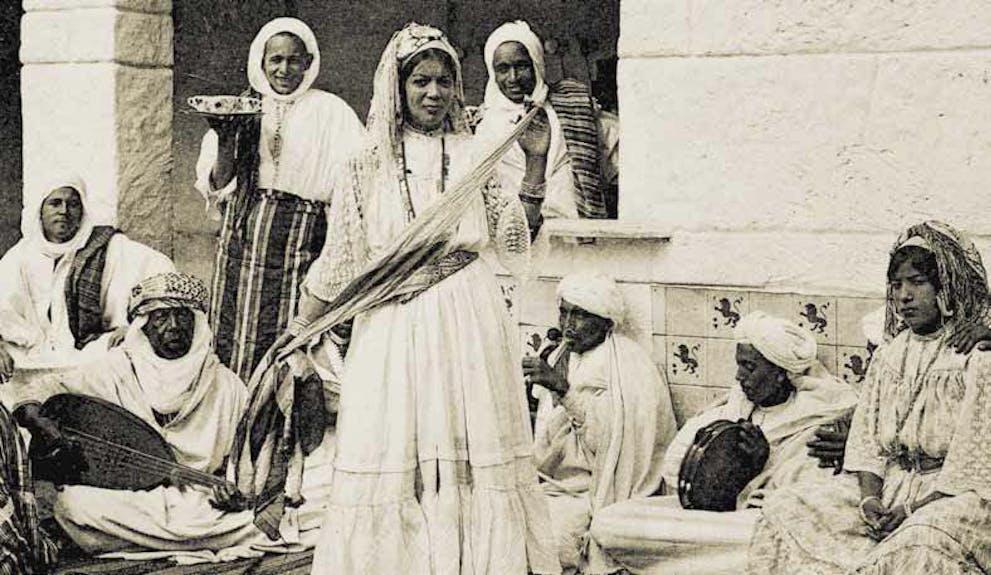
Le temps des colonies
Expérimentation scientifique, curiosité pour l’autre, expansion coloniale, passion de l’exotisme.
en savoir plus
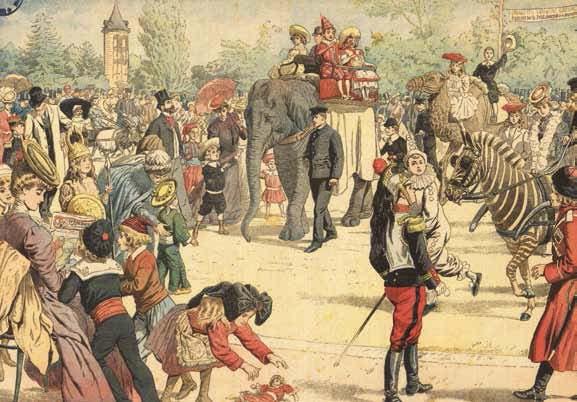
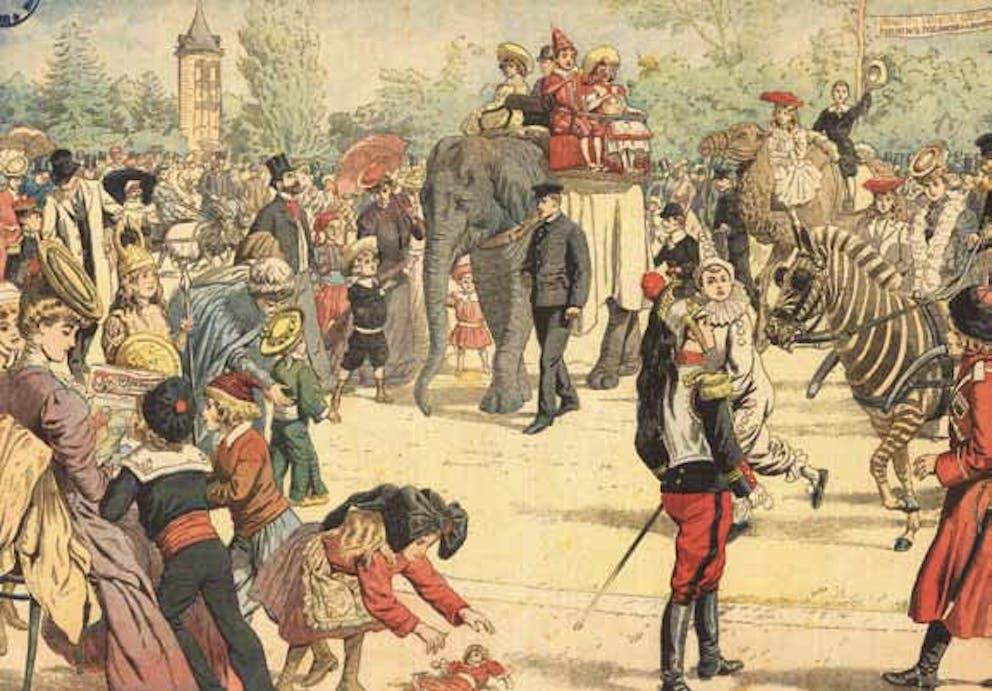
Pour un Jardin de tous les loisirs
Au début du XXe siècle, le Jardin d’Acclimatation se transforme progressivement en promenade ludique, afin de rivaliser avec les parcs d’attractions et le zoo de Vincennes.
en savoir plus
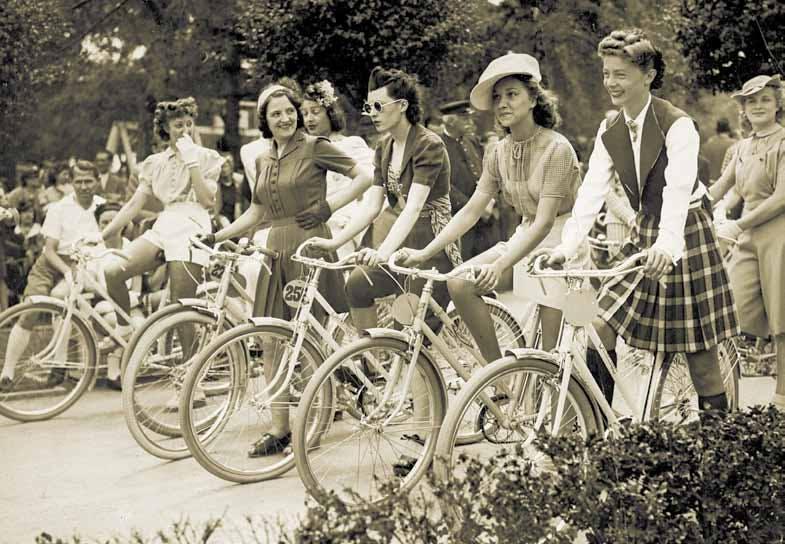
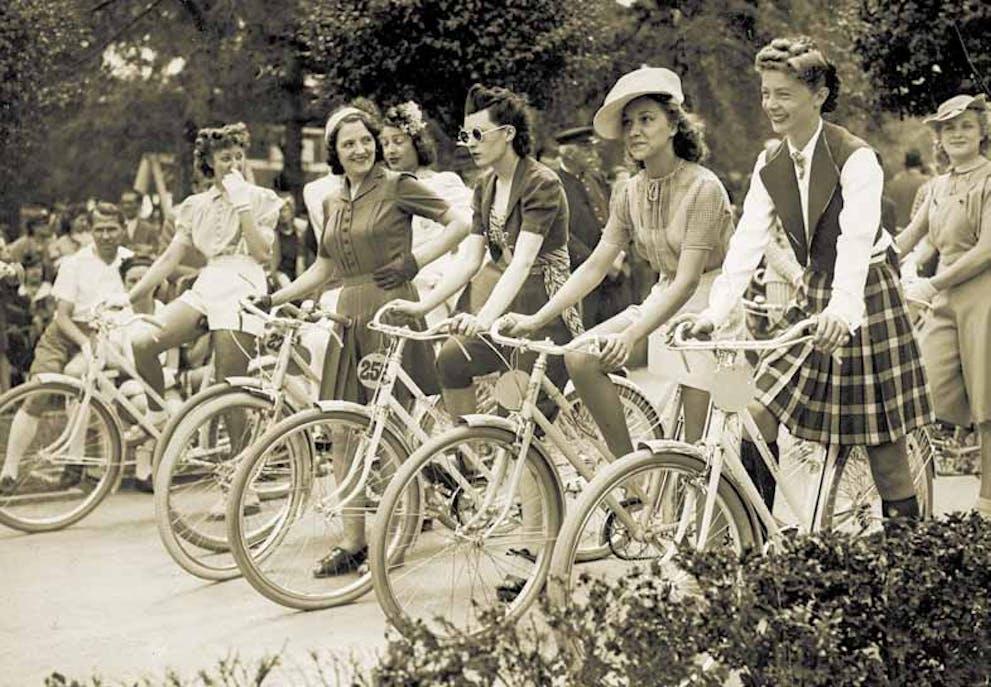
Entre Luna Park et Foire du Trône, de Charybde en Scylla.
Le Jardin d’Acclimatation cherche à se dédier, d’après le directeur de l’époque, Albert Hertel, « par préférence, aux familles et aux enfants ».
en savoir plus

